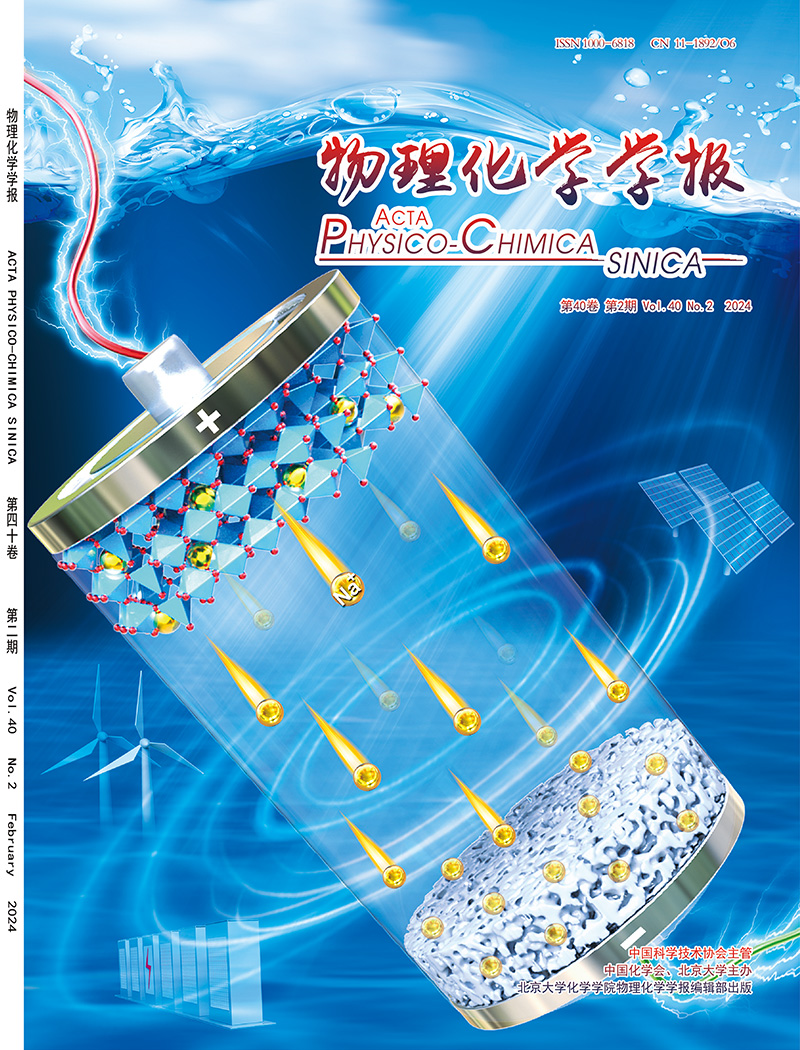Recent advances of functional nanomaterials for screen-printed photoelectrochemical biosensors
IF 13.5
2区 化学
Q1 CHEMISTRY, PHYSICAL
引用次数: 0
Abstract
Photoelectrochemical (PEC) biosensors have attracted intensive attention due to their advantages, including low background, high sensitivity, high specificity and rapid response. In recent years, the introduction of disposable screen-printed electrodes (SPE) has greatly facilitated the development of PEC biosensors, making screen-printed PEC biosensors a promising analytical tool for various applications. Photoactive nanomaterials play a crucial role in the construction of screen-printed PEC biosensors as they can be used not only as photoelectric conversion platforms but also as loading platforms for recognition elements. However, pure photoactive materials usually suffer from some drawbacks, such as inherent toxicity, wide bandgap, and high electron-hole pair recombination rate. Therefore, it is necessary to improve the photoelectric properties of these materials through various design strategies. Moreover, to obtain highly sensitive screen-printed PEC biosensors, it is usually necessary to combine the high-performance photoelectrodes with various signal amplification strategies. In view of this, we provide the first systematic summary of photoactive materials for screen-printed PEC biosensors in this paper, classifying them into four main categories: metal oxides, metal chalcogenides, carbon nanomaterials and bismuth-based nanomaterials. Meanwhile, we focus on the design strategies for photoactive materials, including morphology modulation, elemental doping, and heterostructure construction. In addition, we introduce signal amplification strategies, such as the enzyme label amplification (ELA) strategy, polymerase chain reaction (PCR) strategy, rolling circle amplification (RCA) strategy, and hybridization chain reaction (HCR) strategy, through representative screen-printed PEC immunosensors and screen-printed PEC aptasensors. Finally, we discuss the current challenges and prospects of screen-printed PEC biosensors. We hope to provide readers with a comprehensive understanding of the recent advances in screen-printed PEC biosensors and provide a feasible guidance for the future development of this field.

丝网印刷光电化学生物传感器功能纳米材料的研究进展
光电化学(PEC)生物传感器因其低本底、高灵敏度、高特异性和快速响应等优点而受到广泛关注。近年来,一次性丝网印刷电极(SPE)的引入极大地促进了PEC生物传感器的发展,使丝网印刷PEC生物传感器成为一种有前景的分析工具,可用于各种应用。光活性纳米材料不仅可以作为光电转换平台,还可以作为识别元件的加载平台,在丝网印刷PEC生物传感器的构建中起着至关重要的作用。然而,纯光活性材料通常存在固有毒性、带隙宽、电子-空穴对复合率高等缺点。因此,有必要通过各种设计策略来改善这些材料的光电性能。此外,为了获得高灵敏度的丝网印刷PEC生物传感器,通常需要将高性能光电极与各种信号放大策略相结合。鉴于此,本文首次系统总结了用于丝网印刷PEC生物传感器的光活性材料,并将其分为四大类:金属氧化物、金属硫族化合物、碳纳米材料和铋基纳米材料。同时,我们重点研究了光活性材料的设计策略,包括形态调制、元素掺杂和异质结构的构建。此外,我们还通过具有代表性的丝网印刷PEC免疫传感器和丝网印刷PEC适配体传感器,介绍了酶标记扩增(ELA)策略、聚合酶链反应(PCR)策略、滚圈扩增(RCA)策略和杂交链反应(HCR)策略等信号扩增策略。最后,我们讨论了目前丝网印刷PEC生物传感器面临的挑战和前景。我们希望能让读者全面了解丝网印刷PEC生物传感器的最新进展,并为该领域的未来发展提供可行的指导。
本文章由计算机程序翻译,如有差异,请以英文原文为准。
求助全文
约1分钟内获得全文
求助全文

 求助内容:
求助内容: 应助结果提醒方式:
应助结果提醒方式:


